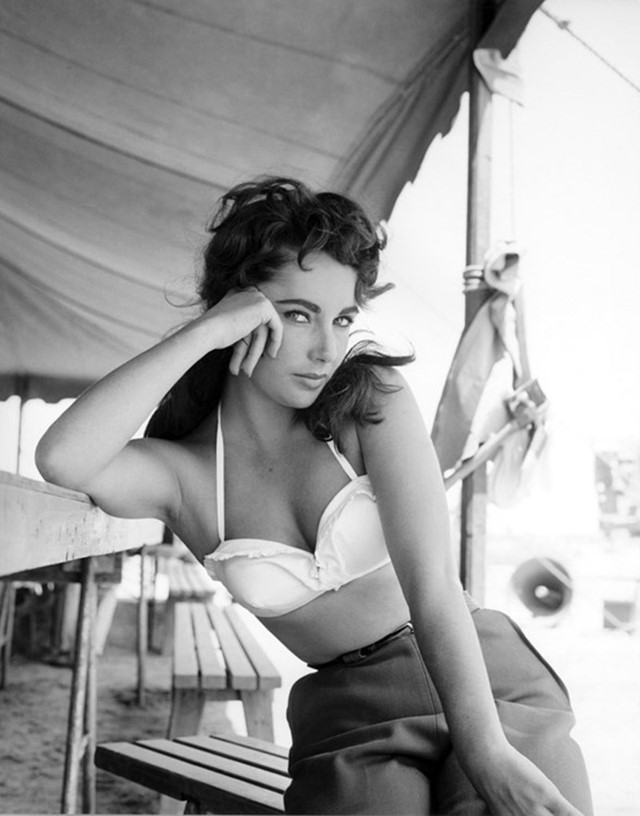We remember Elizabeth Taylor's inimitable glamour and style
On the 23rd of March 2011, in Los Angeles, the actress and humanitarian Elizabeth Taylor passed away aged 79. One of the most optimistic tributes to her style legacy came from Dita von Teese who tweeted, “Rather than be sad for the loss of the stars of Hollywood’s Golden Age, let’s be glad we got to see the way glamour ages exquisitely.” Taylor was the last living embodiment of old Hollywood values, a movie star in the truest sense, who intoxicated all who set eyes on her. In a 1964 edition of Playboy, Taylor was described poetically as “raven-haired, violet-eyed, beautiful beyond belief because she was in love.” [With Richard Burton].
Taylor’s tempestuous romantic liaisons, eight marriages, two with fellow screen icon Richard Burton, afforded her some of the most luxurious and romantic accessories of all – diamonds. Third husband Michael Todd gave her a diamond Tiara she would allegedly wear to bed on occasion while her subsequent husband Richard Burton gave her such a giant diamond as a token of his affections that it became known as the Taylor-Burton Diamond. The diamond initially belonged to Mrs. Harriet Annenberg Ames, sister of the US ambassador to England during the Nixon administration, who thought it too big to wear. This of course was not the case for Taylor, who once famously remarked that, “Big girls need big diamonds”.

Taylor was consistently, impeccably, and meticulously glamorous, both on and off duty and in good or failing health, vehemently upholding starlet standards Hollywood has long since let slip. What she wore inevitably lead consumer tastes; the dress she wore in Father of the Bride (1950) was reportedly the most copied wedding dress of the decade while the lace-trimmed ivory silk slip she wore for her Oscar-winning performance in Butterfield 8 (1960) has been cited by fashion commentators as the origins of fashion’s re-occurring obsession with underwear as outerwear.
There is no doubt that Taylor was acutely aware of the power of her sexuality and the impact a small, suggestive sartorial detail could have. ”Ann Strauss, her guardian while she was under contract for MGM comments: ‘I was constantly having to watch Elizabeth in those off-the-shoulder blouses. . . . She’d just discovered how much attention she could get when she wore one, and when she discovered that, she was impossible. She’d have herself paged during lunch and then she would pull her shoulders down and walk through the commissary – the entire length – so everyone could see her. I’d always pull those shoulders up where I could but she was too fast for me sometimes.’” – Becoming Cleopatra: The Shifting Image Of An Icon, by Francesca T. Royster.
